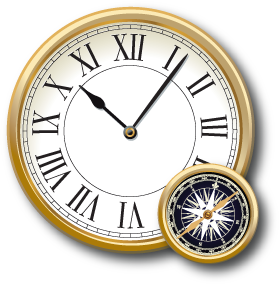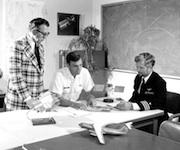In 1973, the Defense Department combined its competing satellite navigation systems.
The new joint program under the Air Force was called the NAVSTAR Global Positioning System, or GPS. It introduced synchronized time from space, provided by onboard atomic clocks. The system was intended for a range of military applications, including locating ships and targeting weapons. GPS designers envisioned that civilians would use the system as well.













